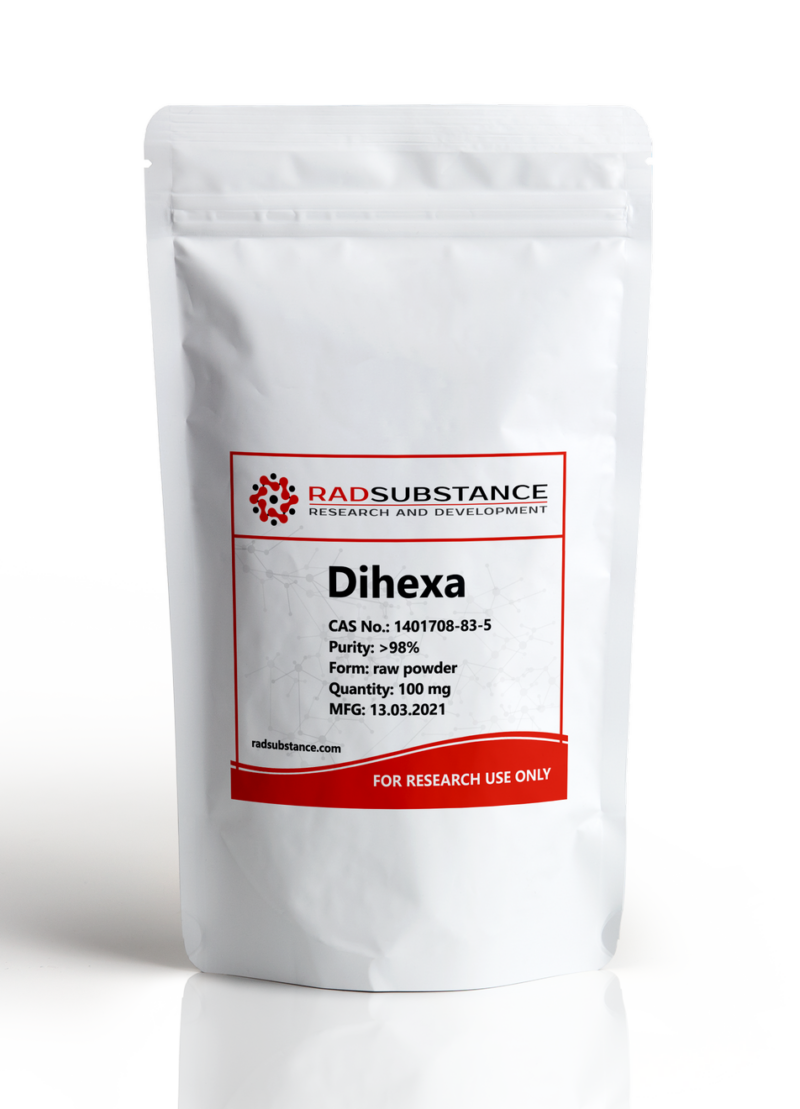Dihexa (developmental code PNB-0408; also known as N-hexanoic-Tyr-Ile-(6) aminohexanoic amide) is an oligopeptide drug derived from angiotensin IV that binds with high affinity to hepatocyte growth factor (HGF) and potentiates its activity at its receptor, c-Met. The compound has been found to potently improve cognitive function in animal models of Alzheimer's disease-like mental impairment. In an assay of neurotrophic activity, dihexa was found to be seven orders of magnitude more potent than brain-derived neurotrophic factor.
According to a patent, "Short duration safety studies with dihexa have uncovered no apparent toxicity. Of particular note is a lack of neoplastic induction, since c-Met is recognized as an oncogene. This is unsurprising since oncogenesis requires multiple mutations including both oncogene induction and tumor suppressor attenuation."
History
Dihexa was developed by Joseph Harding and his team at Washington State University. Later developments were done by M3 Biotechnology, a company founded to commercialize dihexa.
Fosgonimeton, a phosphate pro-drug of dihexa is currently in clinical trials for the treatment of neurodegenerative diseases such as Alzheimer's and Parkinson's disease
References




